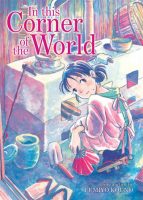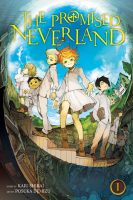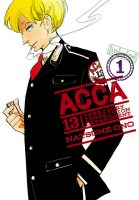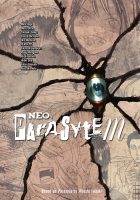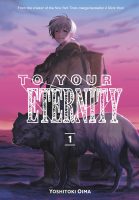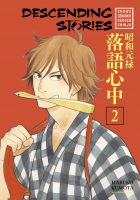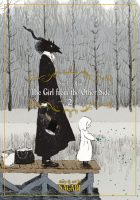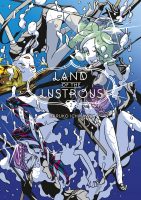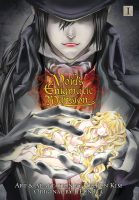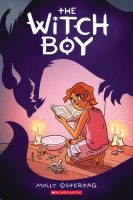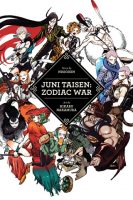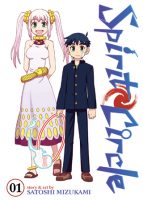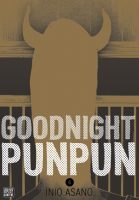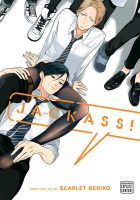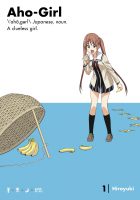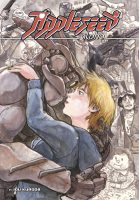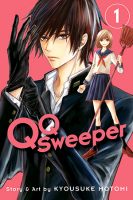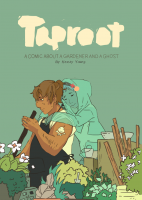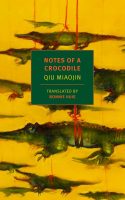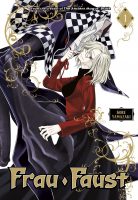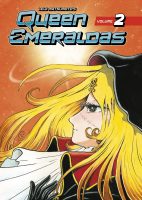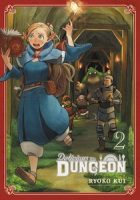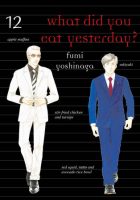My News and Reviews
Well, this is it! The final My Week in Manga feature here at Experiments in Manga before my semi-retirement. The fun isn’t quite over yet, though–later this week there will be one last giveaway. For anyone who wants a head start, I’ll be asking participants to tell me a little about some of the favorite things that they’ve read in the past year. And while the list doesn’t include all of my personal favorites, I recently posted my own random musings on some of the notable releases from 2017.
Quick Takes
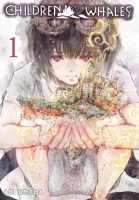 Children of the Whales, Volume 1 by Abi Umeda. With such a striking cover, and interior artwork to match, I couldn’t help but be curious about the first volume of Children of the Whales. It also doesn’t hurt that the manga is the start of shoujo fantasy series, a category of work that I generally tend to appreciate. And indeed, I thoroughly enjoyed the first volume of Children of the Whales. The setting is incredibly intriguing, the majority of the story taking place on the Mud Whale, a largely self-sustaining ship-like island that has been adrift on a sea of sand for nearly a century. Most of the people on the Mud Whale can work a kind of magic based on the power of emotions. However, they are very short-lived; only the few people who aren’t magically inclined reach old age. This has an interesting impact on their civilization. Control over one’s feelings is very important culturally and the community as a whole has a disconcerting lack of knowledge about their own history and the greater world. And so when they encounter a human from outside the Mud Whale she is greeted with excitement, but her arrival is also a harbinger of greater misfortune.
Children of the Whales, Volume 1 by Abi Umeda. With such a striking cover, and interior artwork to match, I couldn’t help but be curious about the first volume of Children of the Whales. It also doesn’t hurt that the manga is the start of shoujo fantasy series, a category of work that I generally tend to appreciate. And indeed, I thoroughly enjoyed the first volume of Children of the Whales. The setting is incredibly intriguing, the majority of the story taking place on the Mud Whale, a largely self-sustaining ship-like island that has been adrift on a sea of sand for nearly a century. Most of the people on the Mud Whale can work a kind of magic based on the power of emotions. However, they are very short-lived; only the few people who aren’t magically inclined reach old age. This has an interesting impact on their civilization. Control over one’s feelings is very important culturally and the community as a whole has a disconcerting lack of knowledge about their own history and the greater world. And so when they encounter a human from outside the Mud Whale she is greeted with excitement, but her arrival is also a harbinger of greater misfortune.
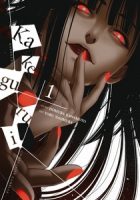 Kakegurui: Compulsive Gambler, Volume 1 written by Homura Kawamoto and illustrated by Tōru Naomura. The cover art of Kakegurui is fairly eye-catching as well. The series takes place at Hyakkaou Private Academy, a school for the wealthy elite in which the entire social structure is based on how well the students can gamble. In many cases, this translates directly to how much money they can throw around or how skilled they are at cheating the system. Yumeko Jabami is a new transfer student whose sweet demeanor makes her appear to be an easy mark. However, her classmates soon discover that her personality completely changes when presented with a risky enough proposition. That and she has the skill and luck needed take any one of them down. Despite the dramatic artwork and high stakes, I actually didn’t find Kakegurui nearly as engaging as I hoped or expected it to be. While entertaining, I didn’t feel particularly invested in the characters or their plights. The games played were interesting, with some clever twists, but as a whole the first volume didn’t seem to have much depth to it.
Kakegurui: Compulsive Gambler, Volume 1 written by Homura Kawamoto and illustrated by Tōru Naomura. The cover art of Kakegurui is fairly eye-catching as well. The series takes place at Hyakkaou Private Academy, a school for the wealthy elite in which the entire social structure is based on how well the students can gamble. In many cases, this translates directly to how much money they can throw around or how skilled they are at cheating the system. Yumeko Jabami is a new transfer student whose sweet demeanor makes her appear to be an easy mark. However, her classmates soon discover that her personality completely changes when presented with a risky enough proposition. That and she has the skill and luck needed take any one of them down. Despite the dramatic artwork and high stakes, I actually didn’t find Kakegurui nearly as engaging as I hoped or expected it to be. While entertaining, I didn’t feel particularly invested in the characters or their plights. The games played were interesting, with some clever twists, but as a whole the first volume didn’t seem to have much depth to it.
